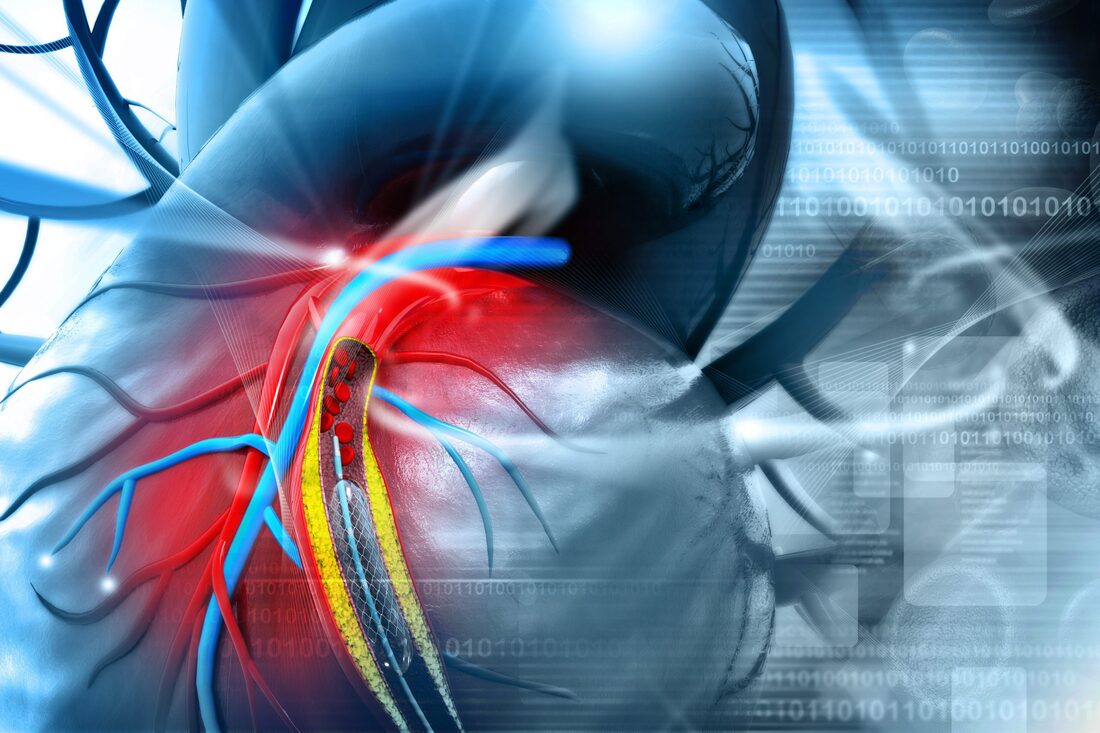|
A cardiac stent can be used for treating a blocked coronary artery. These stents can also help in improving flow of blood after a heart attack. Cardiac stents are made up of metal mesh.
Stenting has proven to have a positive impact on many individuals, stenting along with angioplasty can help in saving life of an individual, if performed after a heart attack. Stents help in improving flow of blood and also prevents any further damage that can be caused to the heart muscles. These cardiovascular stents aids in improving symptoms of various heart diseases like chest pain and shortness of breath. Stenting also eliminates the need of coronary bypass surgery, as stenting is a less invasive procedure as compared to bypass surgery and the recovery time required in stenting is also less. It requires only a few days for recovering from stenting and it takes more than six weeks for recovering from bypass surgery. According to Coherent Market Insights the Cardiovascular Stents Market Global Industry Insights, Trends, Size, Share, Outlook, and Opportunity Analysis, 2022-2028. One of the main goals of cardiac stent development is to induce endothelialisation, a process believed to be key to long-term biocompatibility. Numerous strategies have been used to achieve this, including the use of porous biomaterials to promote spontaneous endothelial ingrowth. Furthermore, local delivery of pro-angiogenic growth factors has proven to induce transmural angiogenesis. Drug-eluting stents have made a significant impact in interventional cardiology. Compared to BMS, target TLR rates are down to 5% and the procedure has an overall success rate of 92.2%. DES have been proven effective in treating heart attacks and the latest studies have shown that fewer patients need revascularisation. However, there are some cautions when using this procedure. A recent meta-analysis showed that biodegradable polymer stents were not associated with lower ST rates compared with bare metal stents. The results, however, could be attributed to heterogeneity among the studies and differences in the types of non-biodegradable stents used. Furthermore, the majority of the studies used 1st or 2nd generation DES. Because of these limitations, findings from the meta-analysis cannot be given a high weight. Future studies should compare biodegradable polymers against non-biodegradable stents and evaluate whether or not the biodegradable stents are more effective for preventing or treating cardiovascular disease. The development of metal cardiovascular stents has benefited from the collaborative development of different materials, including new polymers and alloys. Researchers from various fields have worked together to develop ideal novel alloys, design more reasonable stent structures, and conduct long-term clinical trials to assess biocompatibility. However, these advancements have not yet been able to overcome the long-term problems associated with coronary thrombosis, such as the need to undergo a second procedure for a new stent. The coating on polyurethane cardiovascular stents is an excellent choice for biodegradable stents. In addition to its excellent biocompatibility, polyurethane has excellent mechanical properties. Its variety of monomers offers many advantages. In this review, we will describe the advantages of polyurethane cardiovascular stents. We will also discuss the pros and cons of polyurethane as a cardiovascular stent material. During the implantation process, an intentionally fractured stent may pose significant complications. A fractured stent can cause distortion and displacement of stent segments, and may impair the stent's function and embolization potential. Intentional stent fractures have occurred in a wide variety of cardiovascular stenting procedures, including coronary angioplasty. There are several advantages and disadvantages of biodegradable cardiovascular stents. These stents may require repeated interventions, but their benefits are not yet clear. For these reasons, further research is needed to determine whether biodegradable stents can provide optimal medical care. For example, they must be able to provide mechanical support to the arterial wall and be easily absorbed into the body.
0 Comments
Leave a Reply. |

 RSS Feed
RSS Feed
